Kenyans Given Until October 1st to Exchange Old Sh1,000 Notes as CBK Unveils New-Look Currency
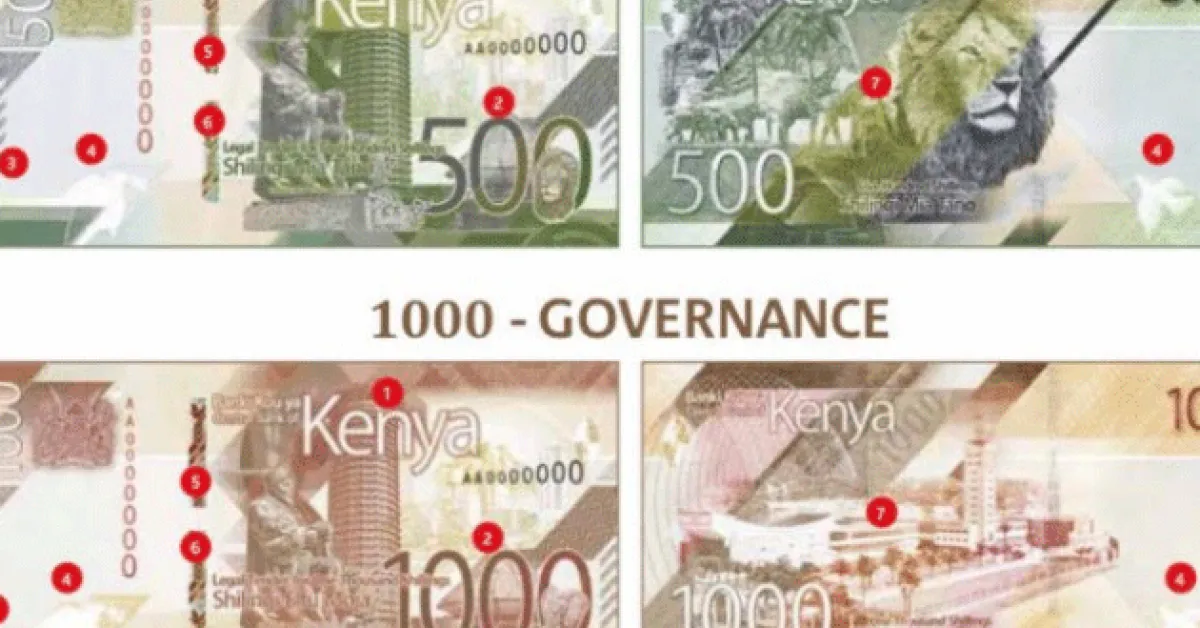
The Central Bank of Kenya (CBK) has launched the new generation Kenyan currency notes.
The new banknotes were unveiled during the Madaraka Day Celebrations at Narok Stadium on Saturday. The ceremony was officiated by President Kenyatta.
CBK Governor Dr. Patrick Njoroge said the new notes have a unique theme and features, including the iconic Kenyatta International Convention Centre (KICC).
They also feature the big five wildlife animals and will be easy to use to the visually impaired. A dove is also shown to symbolize a peaceful Kenya.
Speaking during the launch, Njoroge said old Sh1000 notes will cease to be legal tender as from October 1st, 2019.
Njoroge further asserted that the unveiling of the new notes is intended to curb fraud.
“All the older Ksh.1000 series shall be withdrawn. All persons have until October 1, 2019, to exchange these notes, after which the older ones will cease to be legal tender,” said Njoroge.
Kenyans have been urged to hold up the new notes to the light and look for a watermark of a lion's head from both sides to determine their authenticity.
“If you tilt the angle, you will see the security thread changes color from red to green on all bank notes. The 200, 500 and 1000 bank notes have additional rainbow colors on the thread," CBK said.
In November last year, President Uhuru launched new-look currency coins that conform with the 2010 constitutional requirements.
The new coins, which came in units of one shilling, five shillings, 10 shillings and 20 shillings, contain special features that make them accessible to people with visual challenges including the blind.
The new coins bear the image of giraffe (Sh1), rhino (Sh5), lion (Sh10) while the 20 shilling coin has the image of an elephant. Sh1 is silver in color and weighs 5.5g, while Sh5, Sh10, and Sh20 weigh 3.75g, 5g, and 9g respectively.
The new notes and coins contain symbols as opposed to portraits of persons as required by the 2010 constitution.







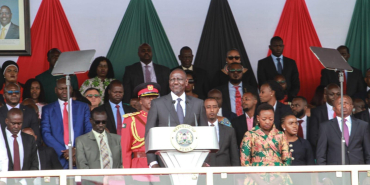
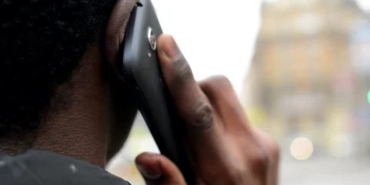
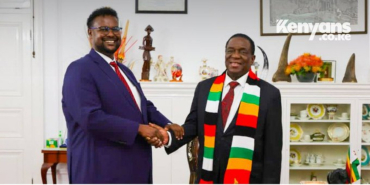

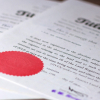


Comments
What happens to the old…
Permalink
What happens to the old bills that are out of the country? Will the consulates be taking them back in exchange for the new ones?
Good question. I have a few…
Permalink
In reply to What happens to the old… by Bon I. (not verified)
Good question. I have a few of those notes but I will not visit Kenya before the deadline. Let's hope will be able to exchange them in banks. Any advice?
This government operates on…
Permalink
This government operates on ultimatums. Ultimatums on e-passports, Huduma numbers and now the currency. Someone needs to tell them transition also works and saves lots of money.
@mugikuyu, there's no…
Permalink
@mugikuyu, there's no pleasing some people huh...This was a sure way to fight those who have amassed billions of shillings, hidden in their homes. That way, if you take it to the bank and try to exchange it into the new currency, you'll have to explain it's source, otherwise, use it as toilet paper.
It's also stealing from…
Permalink
In reply to @mugikuyu, there's no… by Dr. Muhoho Gathecha (not verified)
It's also stealing from those who will not make it to Kenya in the next 4 months.
So next time there is…
Permalink
In reply to @mugikuyu, there's no… by Dr. Muhoho Gathecha (not verified)
So next time there is another wave of theft and hoarding we will change the currency yet again instead of prosecuting perpetrators?
Problem is the professional…
Permalink
Problem is the professional thieves holding millions of old notes at their homes or businesses. They will be required to account for their source. Tough pill to swallow.
Do you know if the new notes…
Permalink
Do you know if the new notes will also have tactile marks for totally blind people? Thank you!
Yes
Permalink
In reply to Do you know if the new notes… by Tom (not verified)
Yes
Add new comment